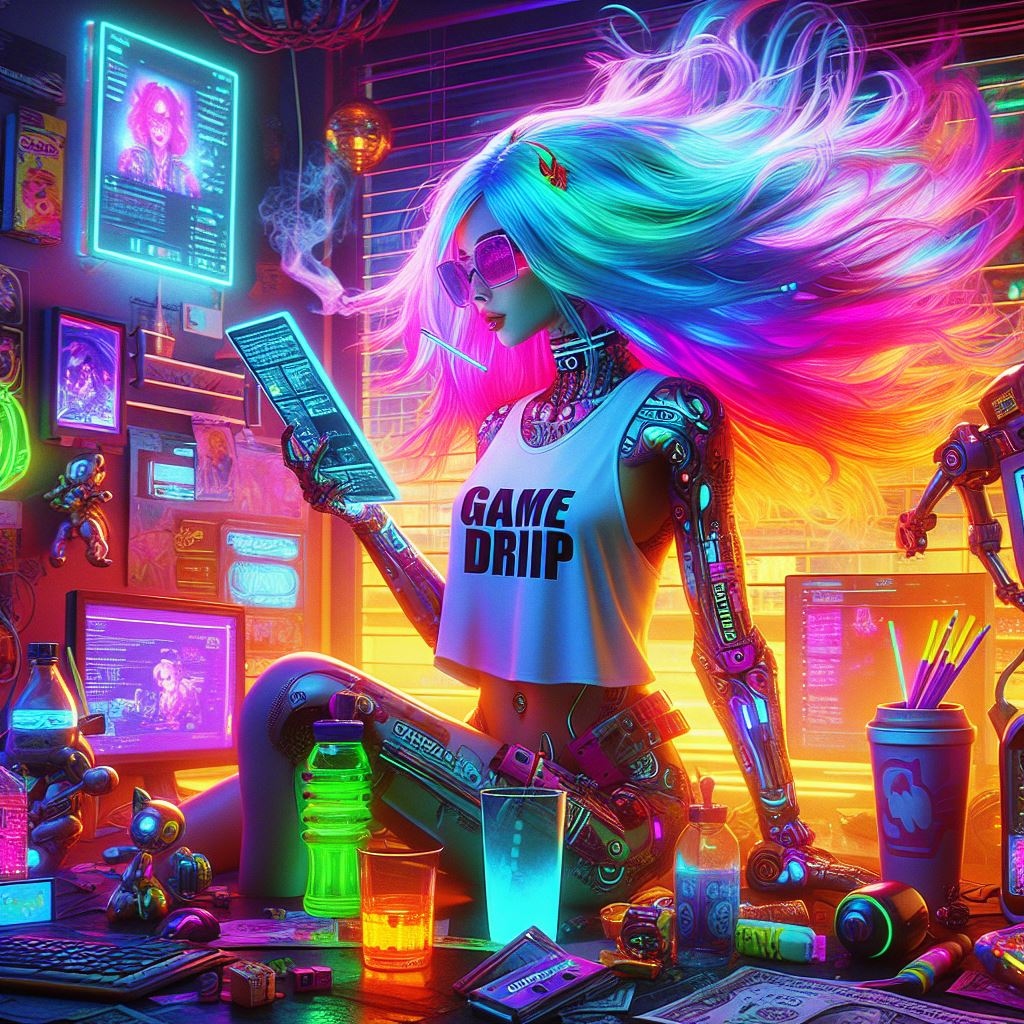As featured on Minecraft Servers Listing
#Xan #FactionsTowny
Xan is developing a new server that is mainly focused on competing in a factions universe. This server is not aiming to be another OP factions massive scale bucket gen 300$ rank type of deal. It is also not aiming to be a featureless and barren wasteland where there is nothing to do. It is aiming to provide an environment where mini games such as mob arena, rpg elements such as quests/dungeons/skills, and vanilla elements can all be used to steadily progress to different levels of wealthiness and power while you stake your claim in the wilderness.

Factions+Towny/Balanced Economy:
All worlds will be connected, including the towny world. Your $balance is connected between the factions worlds and towny world, but your inventories will not be. Selling items is disabled in the towny world. This means that you can freely transfer value from the factions worlds to the towny world, but not the other way. Factions worlds have a worldborder of 3500, and the towny world has a worldborder of 10000(18000wide). You can easily play on just the factions worlds or just the towny world, it doesn’t matter. The towny world will never wipe, while the factions worlds will wipe every 6 months and season prizes will be distributed.
Mutliverse: Travel between worlds using /warp or /wild with a visual gui
Midheaven – Dregora generated overworld(factions)(3250)
Nether- Default nether(factions)(3500)
End- Default end(factions)(3500)
Midearth – Default generated overworld(factions)(3500)
Towny – Mostly default generated large biomes overworld(towny)(15000)
Dungeonworld(Factions) – Use your gear from factions to complete dungeons and earn money.(In Progress.)
Dungeonworld(Towny) – Use your gear from towny to complete dungeons and earn money.(In Progress.)
Rules:
The only rules are rules that are necessary for the fairness, function, and balance of the server, anything that doesn’t negatively impact those things is allowed. Freedom of speech heavy.
Current Plugins:
Plugins (69): ATopPlayers, AureliumSkills, Blackjack, BottledExp, ChatBubbles, ChatEmojis,CombatLogX, CustomCommands, Duels, DungeonsXL, EconomyShopGUI, Factions, InfernalMobs, MobArena, MythicMobs, Quests, RoseStacker, RTP, SellStick, Towny, UltimateAirdrops, UltraCosmetics
Server Specs:
i5-11600kf @5.0GHz
18CL 4000MHz 32GB Ram
Nvidia 2070 Super
When/if the server becomes inadequate we will be expanding our servers with Amazon Web Services which is already configured and ready to go.

$$$Season Prizes$$$(Factions):
At the end of the season, currently April 30th, 2022, prizes will be distributed to top players. This includes in-game roles/titles, hall of fame entry, and cash prizes. The cash prize is currently a pool of $335. The majority of this prize will be distributed to players who hold the most “prize tokens” at the end of the season, which are non-stackable, stealable tokens that are purchasable from /shop up until the last week of the season. Tokens will not be placeable in ender chests, tokens will not be purchasable in the towny world. If you log out with more than 2 prize tokens in your inventory, those tokens except 2 will be deleted. Tokens will be submitted anytime during the last 2 days of the season by doing /submit token (amount).
OldCombatMechanics is not actually old combat, it is a hybrid between the two.
We do not require a resource pack to be downloaded on join.
Towny dynmap: http://xan-mc.net/dynmap/web/




















